The Seven Natural Wonders of the World
Only a small percentage of people will ever see the Earth’s spectacular 7 natural wonders of the world in their lifetime. A global popularity poll revealed seven provisional winners who outrank other magnificent sights. The Northern Lights, Grand Canyon, Paricutin, Mount Everest, Rio de Janeiro Harbor, Victoria Falls, and the Great Barrier Reef are among the 7 natural wonders of the world.
When considering the world’s wonders, the Great Pyramids or the Colosseum may come to mind. While unmistakably skeptical, the list below describes the wonders that Mother Nature created on her own will to enchant and awe humans at the mere sight of these wonders.
Here the list of 7 Natural Wonders of the World:
- The Northern Lights
- The Grand Canyon
- Paricutin
- Victoria Falls
- Mount Everest
- Great Barrier Reef
- Harbor of Rio de Janeiro
The Northern Lights
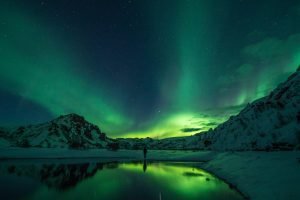
Northern Lights have become a tourist attraction for visitors to the Northern Hemisphere. The Aurora Borealis, or Northern Lights, are naturally occurring phenomena that consist of eerie displays of light in the sky. The northern lights float across the sky, emitting a diffused glow along the northern horizon.
The northern lights are generally more visible and frequent closer to the Arctic Circle. Polar regions have some of the most spectacular displays, thanks to the lack of light pollution from cities. However, the aurora can be seen in a number of countries, including Alaska in the United States, large sections of northern Canada, Iceland, Greenland, Norway, Sweden, and Finland.
Seeing the Northern Lights becomes more likely during the winter months. They occur all year, but the dark skies of winter make them more visible.
The Grand Canyon
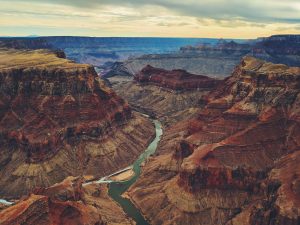
The canyon was formed over billions of years by the natural erosion of rock and soil by the Colorado River. The canyon is stunning not only for its deep rust-red colors and the visible layers of rock and sediment visible along its cliff walls, but also for its size and depth.
The Grand Canyon is appropriately named, as it is 446 kilometers long, up to 29 kilometers wide at its widest point, and 1.8 kilometers deep. The canyon’s size is impressive, but its age is even more so, as it reveals millions of years of geological history. Many visitors simply gaze at the scenery, but it is also possible to hike along the canyon cliff, in the ravine, or raft and boat in the river below.
The Grand Canyon is located in Arizona, USA. The closest major cities are Las Vegas and Phoenix.
Paricutin
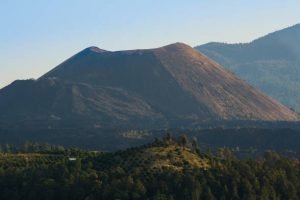
Even seasoned travelers may be unaware of Paricutin, owing to its location in Michoacán, Mexico. This cinder cone volcano was named one of the world’s seven natural wonders, surpassing famous volcanoes such as Yellowstone.
The last time Paricutin erupted was in 1952. It was named one of the world’s natural wonders because mankind witnessed its birth and rapid growth. A twelve-mile round-trip hike or horseback ride to the volcano’s peak is possible. Hikers will walk through lava fields and sandy banks surrounding the volcano.
You can visit Paricutin at any time of year. Plan on spending for a night or two.
Victoria Falls
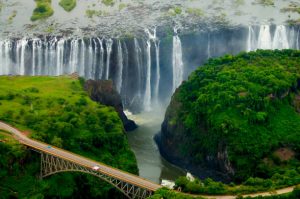
Victoria Falls is located in Africa, between Zambia and Zimbabwe. This magnificent waterfall is fed by the Zambezi River
The falls are accessible from Victoria Falls in Zimbabwe and Livingston in Zambia. Cross the border to see this magnificent natural wonder from a different perspective. The best views are in Zimbabwe, but Zambia offers a more intimate experience. Helicopter and micro light tours are also excellent ways to see the falls.
Rainy season lasts from late November to early April. A good time to go is right after this, when the volume of water coming over the falls is still immense but the weather is pleasant.
Mount Everest
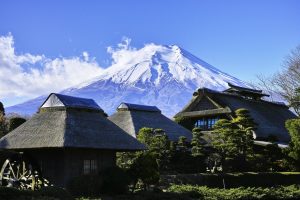
Mount Everest is approximately 29,029 feet tall. Mountaineers consider this mountain to be the highest point on Earth; however, it is not the tallest mountain in the world; that honor goes to Mauna Kea in Hawaii. Everest is located in the Himalayan mountain range between Nepal and Tibet, China.
If you don’t want to climb Mt. Everest, there are other options. Visitors can book a flight around the mountain for an incredible aerial view. Adventurers can hike to base camp to fully immerse themselves in Mount Everest’s landscape. Alternatively, you can get a distant view of the peak from the comfort of a lodge in a Nepalese hill station.
Great Barrier Reef
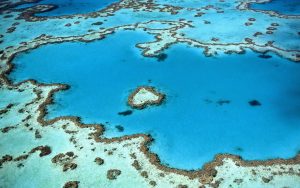
The Great Barrier Reef is the world’s largest coral reef system. It is made up of 2,900 smaller reef sections and 900 islands, totaling 2,300 kilometers of reef spread across 344,400 square kilometers of ocean. These reefs, or reef systems, are found in the appropriately named Coral Sea, which is located off the coast of Queensland, Australia.
The reef is home to a wide range of coral, fish, and marine species, including plant life and tiny aquatic organisms as well as sharks, turtles, and rays. This region has historically been one of the most biologically diverse, and the variety of colors and life found here is astounding.
Harbor of Rio de Janeiro
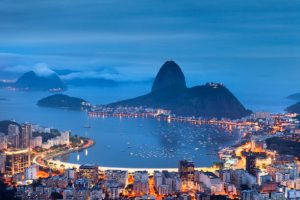
Rio de Janeiro’s harbor is surrounded by Granite Mountains and pinnacles, such as Sugar Loaf Mountain, Corcovado Peak, and the Tijuca Hills. It was formed as a result of erosion caused by the Atlantic Ocean. Tourists can explore Rio de Janeiro’s harbor by helicopter for a breathtaking aerial view.
Traveling to the uppermost region surrounding the granite peaks that overlook the harbor is the traditional way to see this natural wonder. This will provide breathtaking views of the harbor’s beautiful beaches.
Follow WalPencil to get to know more articles like
